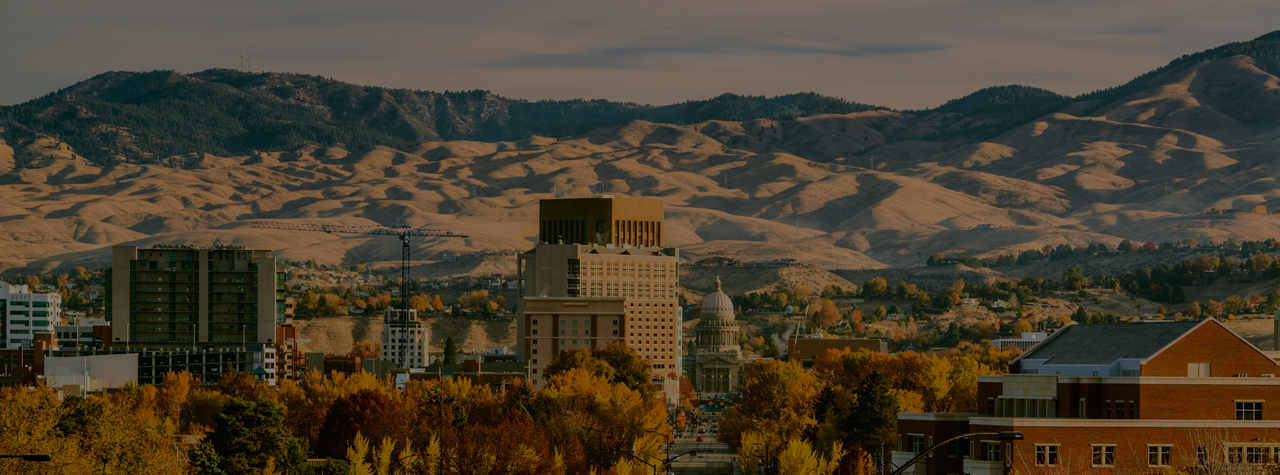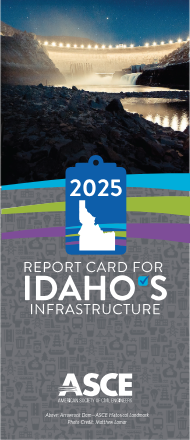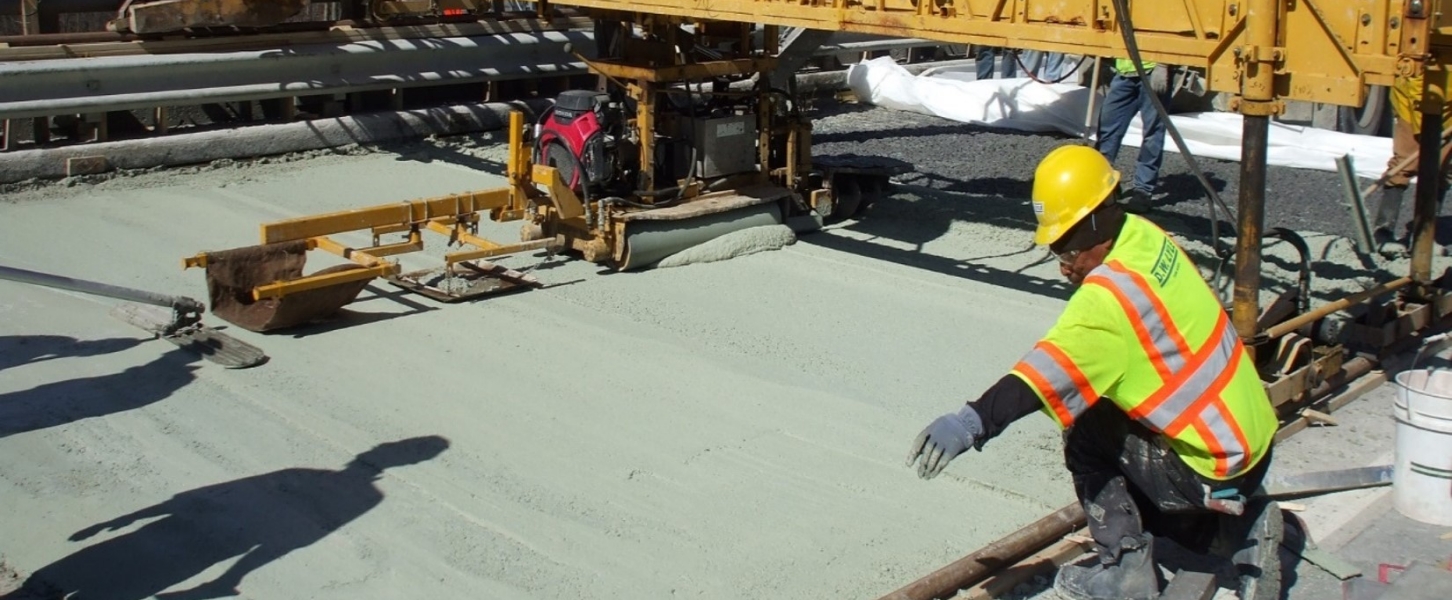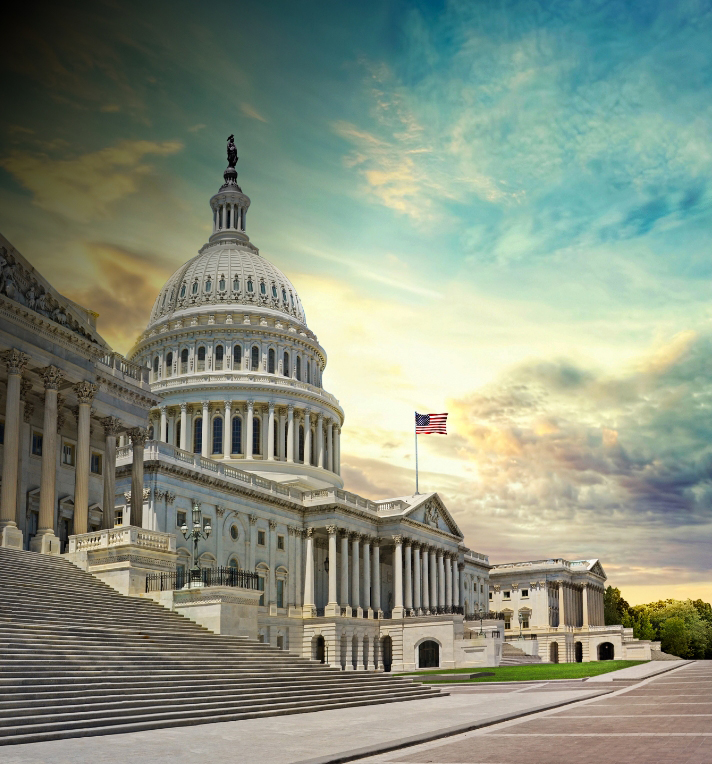2025 Report Card GPA: C
Idaho Infrastructure Overview
Idaho’s infrastructure underpins its economy, connects communities, and supports quality of life. With one of the fastest growth rates in the nation—nearly 25% since 2010—Idaho faces mounting pressures on systems built decades ago for far fewer people. The 2025 Report Card for Idaho’s Infrastructure, developed by the Southern Idaho Section of the American Society of Civil Engineers, evaluates nine sectors: aviation, bridges, dams, drinking water, energy, roads, schools, transit, and wastewater. Grades range from a high of B- for energy to a low of D+ for schools, showing systems that are generally safe and functional today but increasingly strained by age, growth, and funding gaps.
Aging assets and rising demand are recurring themes. More than 1,500 bridges need repair, over half of school building square footage is in fair or poor condition, and most drinking water and wastewater systems face renewal backlogs. Local agency reports indicate that many rural roads are also in fair or poor condition, and urban corridors face persistent congestion despite recent capacity projects while public transit systems operate with aging fleets and growing demand. Dams average 76 years old, and a quarter are classified as high hazard. Airports maintain adequate pavement conditions but face a $650 million capital shortfall over the next six years.
Funding constraints limit progress. Idaho relies heavily on local ratepayers, municipal bonds, and competitive federal programs; dedicated state funding is rare outside of transportation categories. State law restricts local option taxes, limiting communities’ ability to generate new revenue for infrastructure. While the Infrastructure Investment and Jobs Act (IIJA), the American Rescue Plan (ARPA), and state programs like Leading Idaho and the Transportation Expansion and Congestion Mitigation (TECM) fund have supported critical projects, these are often one-time boosts rather than sustained funding.
In many communities, especially small and rural ones, limited tax bases and match requirements delay or scale back needed work. Public safety is a concern as well. Roadway fatalities reached a two-decade high in 2023. Sixty-five wastewater treatment plants reported Clean Water Act violations. While most public water systems meet federal standards, small systems are more vulnerable to compliance issues. Incompatible land uses near airports, aging school safety systems, and wildfire threats to energy and transportation corridors highlight the need for proactive planning.
Resilience and innovation are emerging strengths. Energy utilities are moving toward 100% clean generation within 25 years, integrating wildfire-resistant designs and major transmission projects. Some cities are deploying adaptive traffic signals, real-time transit information, and electric buses. Others are piloting biosolids drying, water reuse, and advanced leak detection. These advances, however, are not yet widespread, and many smaller agencies lack resources to adopt them.
The 2025 Report Card calls for:
- Stable, long-term funding for all sectors.
- Asset management and preventive maintenance to extend asset life.
- Resilient design standards suited to Idaho’s geography and climate.
- Regional coordination to share resources and expertise.
Idaho stands at a pivotal moment. Recent investments and innovative approaches have laid the groundwork for stronger, more resilient infrastructure. By building on this momentum with strategic investment, innovation, and collaboration, Idaho can move its infrastructure from mediocre but serviceable, to resilient, sustainable, and ready for the future.
-
Explore Idaho
- Grades
- State Fact Sheet
- IIJA Grants
Idaho Infrastructure Grades
A: Exceptional, B: Good, C: Mediocre, D: Poor, F: Failing
Each category was evaluated on the basis of capacity, condition, funding, future need, operation and maintenance, public safety, resilience, and innovation
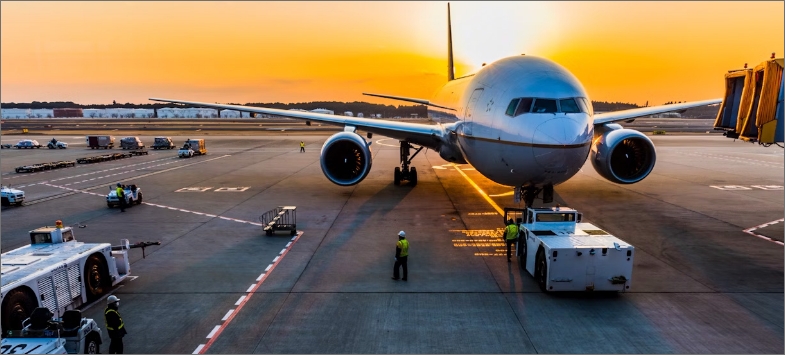

Aviation
Idaho’s 121 public-use airports are critical to connectivity, commerce, and emergency access, especially in rural areas. The 2020 Idaho Airport System Plan identifies 75 core airports, 37 of which are in the FAA’s National Plan of Integrated Airport Systems (NPIAS) and eligible for federal funding; the remaining 38 rely solely on state support. Idaho’s population has grown 25% in the past decade, driving a 75% increase in passenger enplanements since 2014. Airports generate major economic benefits—supporting 33,000 jobs, $1.2 billion in direct earnings, and nearly $5 billion in output. However, from 2024–2029, NPIAS airports face a $650 million funding shortfall for capital improvements. Federal funding levels have been stagnant since 2012 while construction costs have doubled, and federal limits on terminal and hangar funding constrain growth. Without targeted investment to expand capacity, maintain safety, and modernize facilities, Idaho’s airports risk falling behind the needs of its residents, visitors, and economy.
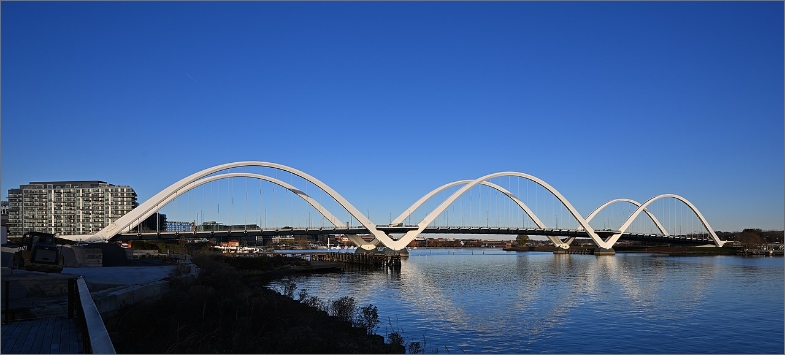

Bridges
Idaho’s 4,646 public roadway bridges are a critical part of the state’s transportation network, yet only 31.6% are in good condition, well below the national average of 44%. Most bridges (63%) are in fair condition, meaning they could slip into poor condition without timely maintenance, and 5.4% are rated poor. Over 1,500 bridges need repair, and nearly 2,000 are under load restrictions, affecting freight movement and emergency access. The Idaho Transportation Department (ITD) prioritizes preserving fair-condition bridges, using enhanced inspections, long-range planning, and innovative approaches like bridge bundling and accelerated construction. Recent investments through the Transportation Expansion & Congestion Mitigation program and federal funds have helped, but Idaho still faces a $2.2 to $2.3 billion backlog. Population growth, increased tourism, and more frequent impacts to bridges add strain. Sustained, predictable funding is essential to keep bridges safe, functional, and resilient—without it, Idaho risks more costly replacements, service disruptions, and diminished safety for residents and businesses.
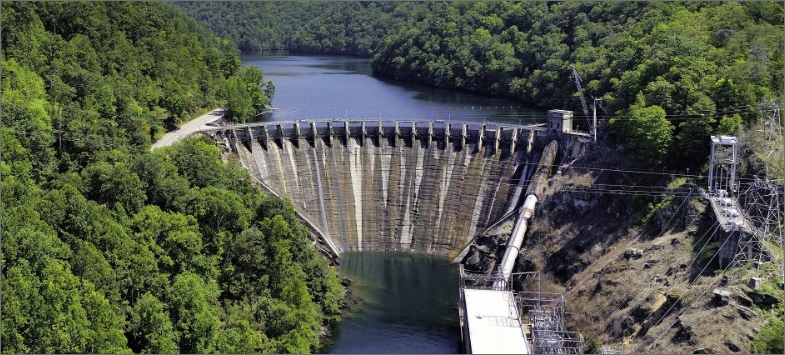

Dams
Idaho has roughly 400 state-regulated water storage dams and mine waste containment dams, overseen by the Idaho Department of Water Resources to protect public safety. These dams provide irrigation, flood control, hydroelectric power, recreation, and waste storage. While the number of regulated dams has not changed since 2018, Idaho’s population has grown by 250,000 during this time —one of the fastest rates in the country— placing more demand on water storage and distribution systems. The Idaho Water Resource Board directs state funds toward developing new storage projects, but rehabilitation and safety improvements for existing non-federal dams remain underfunded. This funding gap is especially concerning given that many dams are aging and located near growing communities. National efforts to regulate small in-channel diversions—structures with minimal downstream risk— consume limited resources and can shift focus away from higher-risk, large-scale dams. Idaho must prioritize investment in maintenance and rehabilitation to ensure the long-term safety and functionality of these critical assets.


Drinking Water
Idaho’s more than 2,000 public water systems— most serving small or rural communities—deliver safe drinking water but face significant challenges from aging infrastructure, limited funding, and climate-related pressures. Nearly 70% of the state’s $1.7 billion drinking water investment need over the next 20 years falls on small systems with fewer ratepayers and staff. Federal infrastructure funding has helped many communities make overdue upgrades, and the state is mapping lead service lines while expanding asset management and adding smart monitoring to larger systems. However, vulnerabilities remain: decades-old pipes, capacity constraints in fast-growing regions, emerging contaminants like PFAS, and drought-related shortages. With most Idahoans relying on groundwater, maintaining water quality is essential. To secure a reliable future supply, Idaho must invest in small systems, plan for climate extremes, modernize asset tracking, and create sustainable funding mechanisms—ensuring rural communities are not left behind as demand and environmental pressures continue to rise.
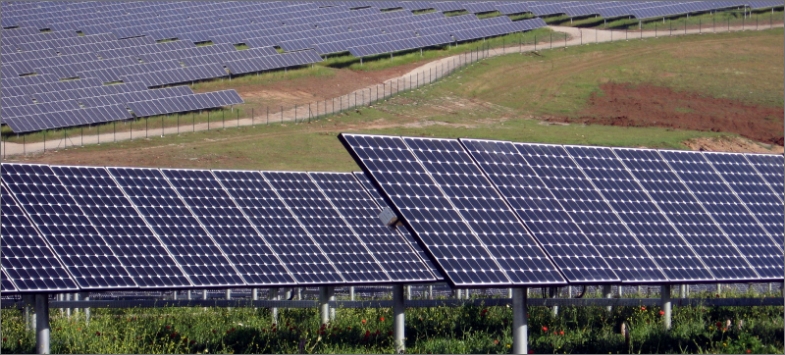

Energy
Idaho’s rapid population growth is testing its energy infrastructure, but the state benefits from a strong renewable base—over two-thirds of its electricity comes from renewables, primarily low-cost hydropower. This keeps rates among the lowest in the nation, attracting significant commercial and industrial investment. Idaho’s three largest utilities have pledged to deliver 100% clean energy within 25 years, and the state’s geography offers strong potential for wind, solar, and geothermal development, particularly in the south. Ongoing transmission upgrades will be key to connecting new generation to consumers. At the same time, wildfire risks are driving utilities to adopt fire-resistant construction and proactive safety measures. Balancing population growth, clean energy commitments, and system resilience will require sustained investment in generation, storage, and grid modernization—ensuring Idaho’s energy remains affordable, reliable, and a competitive advantage in attracting businesses and supporting economic growth.
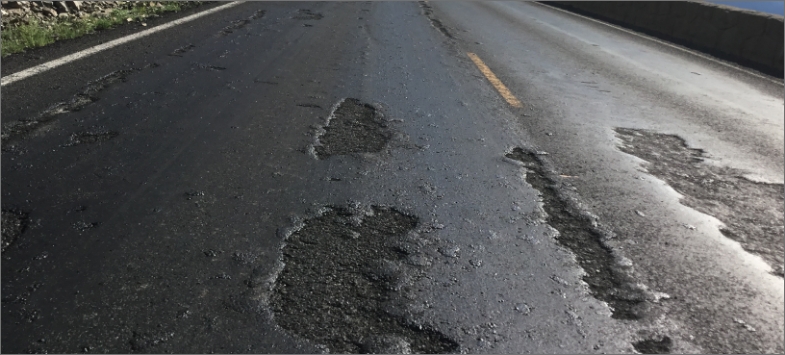

Roads
Idaho’s road network is under increasing strain from population growth, aging infrastructure, and limited local funding. State highways are holding steady, with 87% in good or fair condition, but nearly half of local roads—many unpaved—are deteriorating due to deferred maintenance. Urban areas such as the Treasure Valley and rural corridors experience growing congestion, and roadway fatalities reached a 20-year high in 2023 with 275 deaths. The Idaho Transportation Department’s “Zero Deaths” initiative and corridor-specific safety projects are working to address these concerns. However, resilience is an emerging issue as flooding, wildfires, and landslides disrupt key routes, many of which lack detours. While innovative tools and smart technologies are being used in some cities, smaller agencies often lack resources to implement them. Sustainable, long-term funding and stronger statewide coordination will be essential to maintain safe, connected, and resilient roads as Idaho continues to grow.
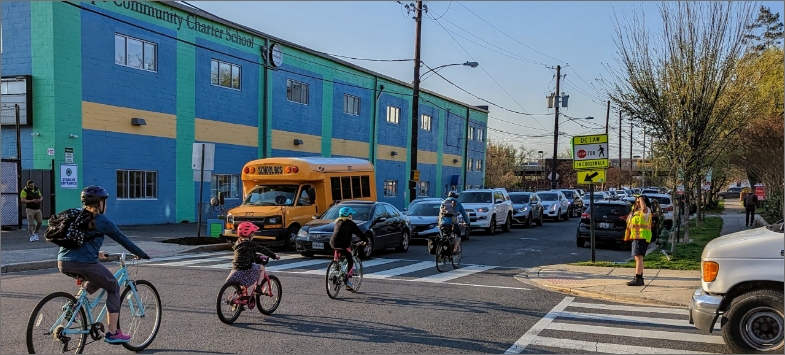

Schools
High-quality school facilities are essential to student learning, yet Idaho’s investment in school infrastructure lags behind. In FY2021–2022, the state spent about $760 per student on operations and maintenance—well below the $1,300 national average. While some districts have used local levies to fund new construction, many existing buildings remain outdated or in need of repairs, particularly to accommodate growing enrollment. There were 40 fewer public schools in 2023 than there were in 2016, and student enrollment is expected to increase by 5% or more between 2016 and 2028 in the state. The result is overcrowding, deferred maintenance, and facilities unable to meet modern standards for safety, technology, and accessibility. Physical infrastructure is often left out of statewide education funding discussions, leaving districts to shoulder costs unevenly. Without dedicated, long-term funding for school buildings, Idaho risks widening disparities between communities and limiting the ability of schools to provide safe, supportive environments for all students.
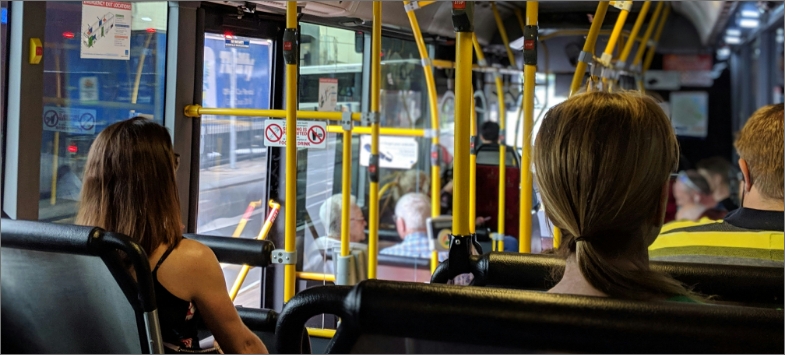

Transit
Public transit in Idaho provides essential connections to jobs, healthcare, education, and other services while reducing congestion and improving air quality. Most residents live outside major urban centers, where service is limited and travel distances are long. Rural households spend an average of $14,295 per year on transportation—above the U.S. average—highlighting the need for affordable alternatives. Idaho’s system relies primarily on buses and vans, with no passenger rail service since 1997, though interest in restoring this is growing. Current service is safe and effective but faces challenges from aging fleets, limited service hours, and maintenance backlogs, particularly in rural areas. Funding depends heavily on federal programs, as state law limits local tax options and there is no dedicated state funding. With the population expected to grow 20% by 2040, meeting future transit demand will require increased investment, expanded service, and sustainable funding partnerships at the state, local, and federal levels.
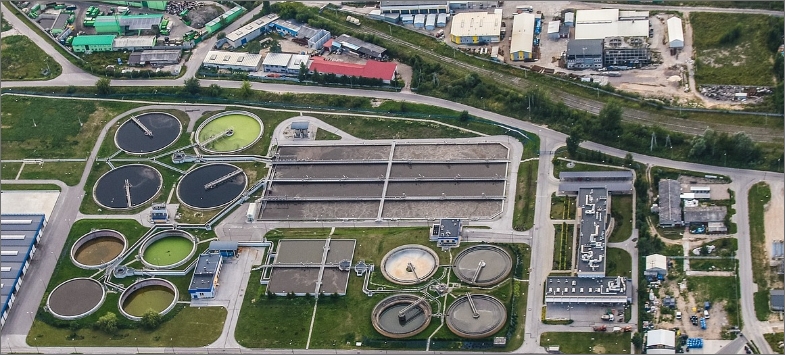

Wastewater
Idaho’s wastewater systems are challenged by aging infrastructure, population growth, and tighter environmental regulations, with $2.6 billion in investment needed over the next 20 years. While cities like Boise, Meridian, and Rigby have completed major upgrades, many rural communities struggle to finance improvements, especially where ratepayer bases are small. Over one-third of Idahoans rely on septic systems, increasing the risk of groundwater contamination as development expands into unincorporated areas. In 2023, 65 of 112 wastewater treatment plants reported Clean Water Act violations, often linked to aging equipment, insufficient capacity, or infiltration issues. Many impaired waterways are listed for bacteria and nutrient pollution, threatening rivers, lakes, and aquifers that supply 95% of Idaho’s drinking water. Some systems are integrating climate resilience and energy-efficient technologies, but adoption is limited. Addressing needs will require more investment, stronger oversight, better growth planning, and expanded use of innovative, sustainable treatment solutions statewide.
State Fact Sheet
Download Fact Sheet
Aviation
$54.3 million in 2024 airport improvement grants across 7 major airports

Drinking Water
$3.1 billion total drinking water need

Transit
2.9 million passenger trips across 17 systems in 203

Bridges
4,616 bridges, 4.9% of which were structurally deficient in 2024

Hazardous Waste
13 Superfund sites

Wastewater
$2.2 billion total wastewater need

Dams
106 high hazard dams

Levees
234 miles of levees protect 2,600 residents

Roads
14% of roads are in poor or fair condition

Connect with Your Legislators
Let everyone know how important it is that we continue to invest in the future of America’s infrastructure.
Take Action Today
